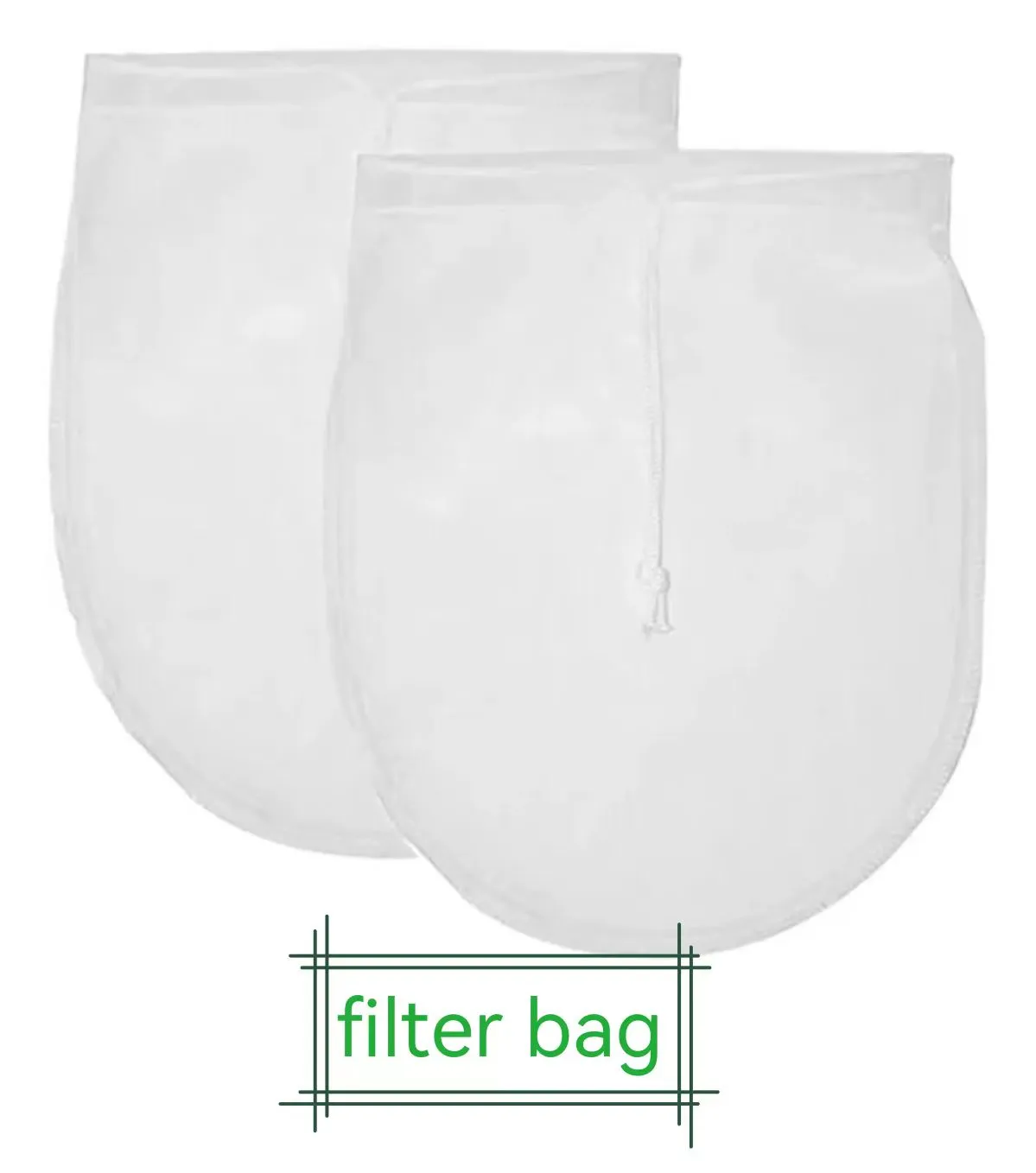-
 Afrikaans
Afrikaans -
 Albanian
Albanian -
 Amharic
Amharic -
 Arabic
Arabic -
 Armenian
Armenian -
 Azerbaijani
Azerbaijani -
 Basque
Basque -
 Belarusian
Belarusian -
 Bengali
Bengali -
 Bosnian
Bosnian -
 Bulgarian
Bulgarian -
 Catalan
Catalan -
 Cebuano
Cebuano -
 China
China -
 Corsican
Corsican -
 Croatian
Croatian -
 Czech
Czech -
 Danish
Danish -
 Dutch
Dutch -
 English
English -
 Esperanto
Esperanto -
 Estonian
Estonian -
 Finnish
Finnish -
 French
French -
 Frisian
Frisian -
 Galician
Galician -
 Georgian
Georgian -
 German
German -
 Greek
Greek -
 Gujarati
Gujarati -
 Haitian Creole
Haitian Creole -
 hausa
hausa -
 hawaiian
hawaiian -
 Hebrew
Hebrew -
 Hindi
Hindi -
 Miao
Miao -
 Hungarian
Hungarian -
 Icelandic
Icelandic -
 igbo
igbo -
 Indonesian
Indonesian -
 irish
irish -
 Italian
Italian -
 Japanese
Japanese -
 Javanese
Javanese -
 Kannada
Kannada -
 kazakh
kazakh -
 Khmer
Khmer -
 Rwandese
Rwandese -
 Korean
Korean -
 Kurdish
Kurdish -
 Kyrgyz
Kyrgyz -
 Lao
Lao -
 Latin
Latin -
 Latvian
Latvian -
 Lithuanian
Lithuanian -
 Luxembourgish
Luxembourgish -
 Macedonian
Macedonian -
 Malgashi
Malgashi -
 Malay
Malay -
 Malayalam
Malayalam -
 Maltese
Maltese -
 Maori
Maori -
 Marathi
Marathi -
 Mongolian
Mongolian -
 Myanmar
Myanmar -
 Nepali
Nepali -
 Norwegian
Norwegian -
 Norwegian
Norwegian -
 Occitan
Occitan -
 Pashto
Pashto -
 Persian
Persian -
 Polish
Polish -
 Portuguese
Portuguese -
 Punjabi
Punjabi -
 Romanian
Romanian -
 Russian
Russian -
 Samoan
Samoan -
 Scottish Gaelic
Scottish Gaelic -
 Serbian
Serbian -
 Sesotho
Sesotho -
 Shona
Shona -
 Sindhi
Sindhi -
 Sinhala
Sinhala -
 Slovak
Slovak -
 Slovenian
Slovenian -
 Somali
Somali -
 Spanish
Spanish -
 Sundanese
Sundanese -
 Swahili
Swahili -
 Swedish
Swedish -
 Tagalog
Tagalog -
 Tajik
Tajik -
 Tamil
Tamil -
 Tatar
Tatar -
 Telugu
Telugu -
 Thai
Thai -
 Turkish
Turkish -
 Turkmen
Turkmen -
 Ukrainian
Ukrainian -
 Urdu
Urdu -
 Uighur
Uighur -
 Uzbek
Uzbek -
 Vietnamese
Vietnamese -
 Welsh
Welsh -
 Bantu
Bantu -
 Yiddish
Yiddish -
 Yoruba
Yoruba -
 Zulu
Zulu
High-Quality Stainless Steel Wire Grid | Durable & Versatile Solutions
The Advantages and Applications of Stainless Steel Wire Grid
In industrial and commercial settings, stainless steel wire grids are becoming an increasingly popular choice for various applications. The strength, durability, and resistance to corrosion that stainless steel offers make it an ideal material for a range of uses, from architectural structures to agricultural setups. This article explores the benefits and applications of stainless steel wire grids, highlighting their versatility and importance in modern industries.
Benefits of Stainless Steel Wire Grid
One of the most significant advantages of stainless steel wire grids is their exceptional durability. Unlike other materials, stainless steel can withstand harsh environmental conditions without degrading. It is resistant to rust, corrosion, and staining, ensuring a long lifespan even in extreme outdoor conditions. This durability reduces the need for frequent replacements, making stainless steel wire grids a cost-effective solution over time.
Another key benefit is their strength. Stainless steel offers high tensile strength, which allows wire grids to bear heavy loads without compromising structural integrity. This makes them suitable for applications where both strength and flexibility are required. In addition, stainless steel wire grids can be manufactured in various thicknesses and mesh sizes, allowing for customization based on specific needs.
Furthermore, stainless steel is a sustainable choice
. It is fully recyclable, and using it in projects contributes to environmentally friendly practices. As industries move toward sustainability, stainless steel wire grids provide an eco-conscious solution that doesn’t compromise on performance.Applications of Stainless Steel Wire Grid
stainless steel wire grid

Stainless steel wire grids are utilized across a broad spectrum of applications. In architecture and construction, they serve as infill panels for balustrades, fences, and grilles, providing safety while maintaining aesthetic appeal. Their modern look complements contemporary designs, appealing to architects and designers alike.
In agriculture, stainless steel wire grids are often used in livestock enclosures and fencing. The strength and corrosion resistance of stainless steel ensure that these grids can withstand harsh weather and the rough treatment of animals, thus enhancing the effectiveness and longevity of farming operations.
Moreover, stainless steel wire grids have significant uses in industrial settings. They are commonly employed in filtration systems, support frames, and safety guards. Their ability to withstand high temperatures and chemical exposure makes them ideal for environments such as oil refineries and food processing facilities.
In the realm of transportation and logistics, stainless steel wire grids are used in shelving and storage systems. They provide a robust and lightweight solution for warehouses and distribution centers, maximizing efficiency in storage while ensuring safety and accessibility.
Conclusion
In summary, stainless steel wire grids offer numerous benefits that make them a valuable asset in various industries. Their exceptional durability, strength, and sustainability, coupled with a wide range of applications, highlight their versatility. As industries continue to evolve, the role of stainless steel wire grids is likely to expand, reinforcing their importance in the architectural, agricultural, industrial, and transportation sectors. Investing in stainless steel wire grids is not just a choice for today but a strategic decision for a sustainable and efficient future.
-
Shipping Plastic Bags for Every NeedNewsJul.24,2025
-
Safety Netting: Your Shield in ConstructionNewsJul.24,2025
-
Plastic Mesh Netting for Everyday UseNewsJul.24,2025
-
Nylon Netting for Every UseNewsJul.24,2025
-
Mesh Breeder Box for Fish TanksNewsJul.24,2025
-
Expanded Steel Mesh Offers Durable VersatilityNewsJul.24,2025











